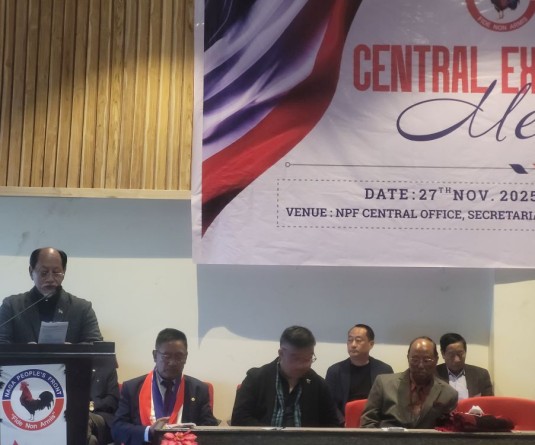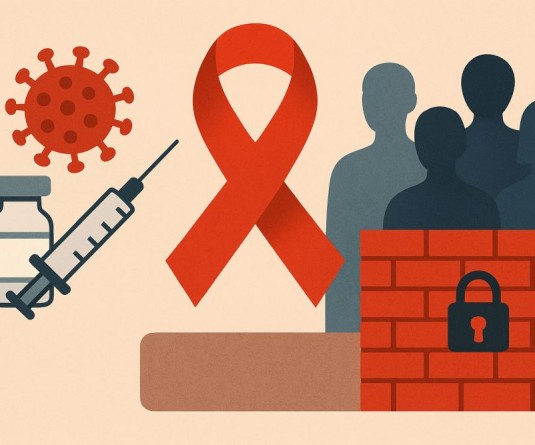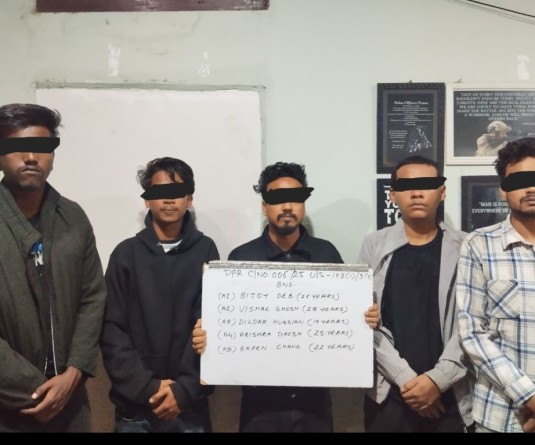
• Citizens urge ‘conscious planning’
• Points out need to be aware of consequences
Morung Express News
Kohima | April 16
“We have to define what really is growth and progress. Our local environment needs to be understood to replicate such a plan,” says Abokali Jimomi from Organic Nagaland, who is of the view that the Nagaland Special Development Zones (NSDZs) will have consequences for people at the grassroots.
In the recently held Nagaland Legislative Assembly, a resolution was passed to consider setting up of NSDZs, which has been planned in the foothills to ‘promote and facilitate faster growth of industrialization and urbanization in Nagaland, to achieve faster growth and development of State’s economy and to generate more employment opportunities for the youths.’
“Urbanisation is something we cannot stop. We don’t have revenues to generate internally but it cannot be done at the expense of the rural people,” says Chingmak Chang, a social worker from Nagaland, pointing out that people in the rural areas are the “keepers of the environment” and such processes cannot exclude these voices. Citing Shillong as an example, Chang points out that though Shillong is beautifully developed, Meghalaya’s rural areas depict a bleak reality in their lack of access to electricity, water and other basic infrastructure.
“An NSDZ is a good opportunity but it might turn out to be one of those programs and schemes that looks good on paper but develops nothing on the ground level,” says a man from Kohima. He views that the government should first provide basic amenities before planning a program as big as an NDSZ.
Special Economic Zones, similar to the proposed special development zones, are demarcated areas of land in a specific region used to facilitate industry, manufacturing, and services. There are around 3000 SEZs in 120 countries today. The policy to maintain/open up more such zones in India has remained a paradox, and led to protests from the grassroots.
The NLA resolution mentions that the ‘identification and demarcation of the areas will be done by the State government in consultation with the DCs, Tribal Hohos and land owners concerned, with survey of the lands and proper system of issuing pattas.’
“When the government talks about consulting Tribal Hohos, most of the time these Hohos are hardly representatives of people. They are mere puppets of the government,” mentions a woman from Kohima. She feels that Nagas need to be well-informed about the advantages and disadvantages of NSDZs. Real decisions and their implementation can happen only after this.
Jimomi states that there are enough employment avenues and resources to facilitate such in Nagaland. The only problem, according to her, is lack of access to machineries. The state needs to explore what it can produce using its resources and needs to think about enhancing people’s capabilities. “Industrialization without conscious planning will not work. You can’t just start it because the others are doing it and destroy our region. People have the right to know and there needs to be proof of why we are doing it and how exactly are we going to benefit,” concludes Jimomi.
As leaders of Nagaland State begin to consider the NSDZ, crucial steps like Environmental Impact Assessments, Social Impact Assessments, the public’s right to be informed of the disadvantages and feasibility of such projects need to be taken into account.
_______________________________
7 Clauses of the NSDZ resolution:
1. To review existing state laws/orders/instructions with a view to amending them to make the NSDZ project viable and effective.
2. To review and reorient the Nagaland State Industrial Policy with a view to liberalizing entry of and investment from, non-Nagas and other investors in NSDZ.
3. To bring about a Master Plan for NSDZ.
4. To issue instruction to all departments to reorient their annual plans in consonance with the Master Plan for NSDZ
5. To suggest mechanisms for- A) cadastral survey of land fallings in NSDZ area and b) evolving a system of registration of ownership of lands and issue of patta there of
6. To evolve a system of lease out land/permanent settlement for non-Nagas for the purpose of investment in the NSDZ in the form of special land access permits to be issued by the state government in this behalf.
7. To liberalize the system of entry and stay of non-Nagas in the NSDZ for the purpose of investment.






